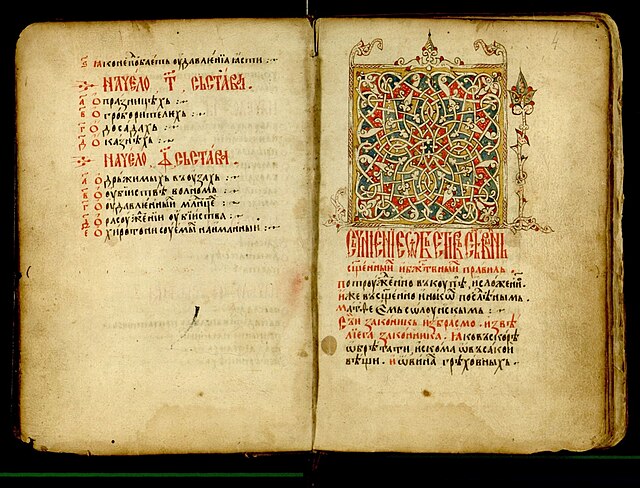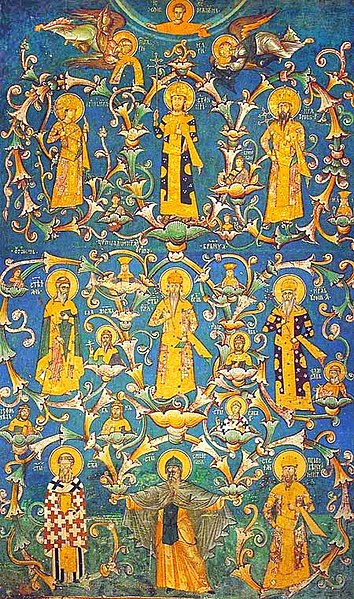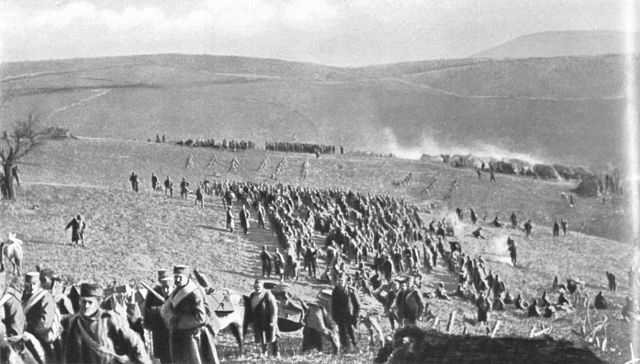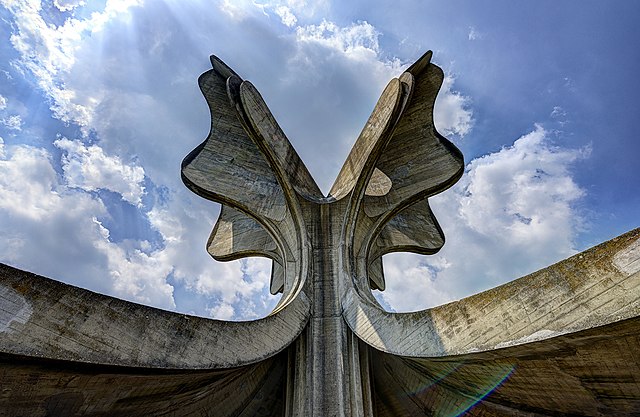The history of Serbia covers the historical development of Serbia and of its predecessor states, from the Early Stone Age to the present state, as well as that of the Serbian people and of the areas they ruled historically. Serbian habitation and rule has varied much through the ages, and as a result the history of Serbia is similarly elastic in what it includes.
Dušan's Code, a compilation of several legal systems. It was used in the Serbian Empire
The 1456 Siege of Belgrade by Ottoman Sultan Mehmed II
Serbian Patriarch Arsenije III
Miloš Obrenović, Prince of Serbia (1815–1839)
The Serbs are a South Slavic ethnic group native to Southeastern Europe who share a common Serbian ancestry, culture, history, and language. They primarily live in Serbia, Kosovo, Bosnia and Herzegovina, Croatia, Montenegro as well as in North Macedonia, Slovenia, Germany and Austria. They also constitute a significant diaspora with several communities across Europe, the Americas and Oceania.
Nemanjić dynasty members, the most important dynasty of Serbia in the Middle Ages
Migration of the Serbs (1896), a painting by Paja Jovanović, depicting the Great Serb Migrations led by Patriarch Arsenije III Crnojević, 17th century.
Battle of Cer marked the first Allied victory over the Central Powers in the First World War.
Stone Flower, a monument dedicated to the victims of Jasenovac death camp, which was part of the Genocide of Serbs committed by Ustaše








